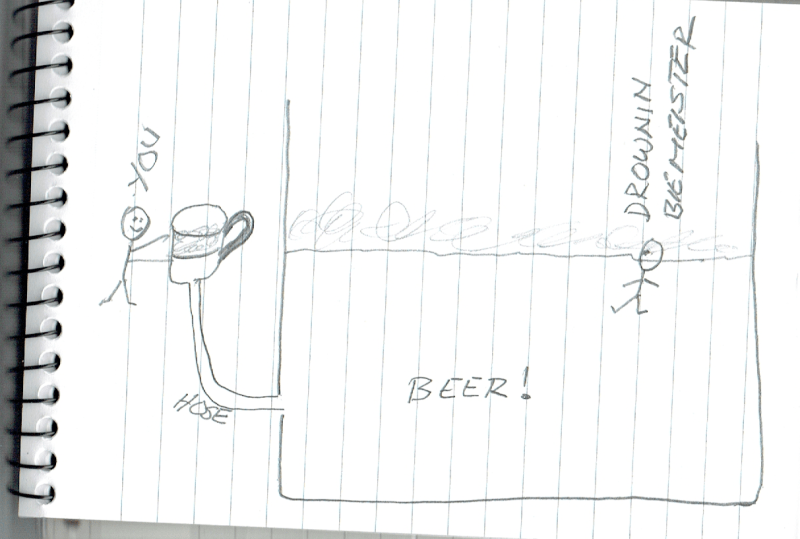Sofistioelevib
Industrial
Hy Guys,
this is very simple post but it is not so clear with my knowledge.
When i want to change reactive power in a Generator i have to control the excitation current and this is a fact...
Looking at formulas and power triangle i can assume the S=V*I, P=S*cosfi, Q=S*senfi
What exactly happen during change in excitation? Because if excitation currant rise, the output voltage rise so S rise and even P and Q rise itself depending on change ov voltage output.
So how can be possible to change ONLY and ONLY power Q with no changing to the rest?
Thamk you..
this is very simple post but it is not so clear with my knowledge.
When i want to change reactive power in a Generator i have to control the excitation current and this is a fact...
Looking at formulas and power triangle i can assume the S=V*I, P=S*cosfi, Q=S*senfi
What exactly happen during change in excitation? Because if excitation currant rise, the output voltage rise so S rise and even P and Q rise itself depending on change ov voltage output.
So how can be possible to change ONLY and ONLY power Q with no changing to the rest?
Thamk you..


![[noevil] [noevil] [noevil]](/data/assets/smilies/noevil.gif)